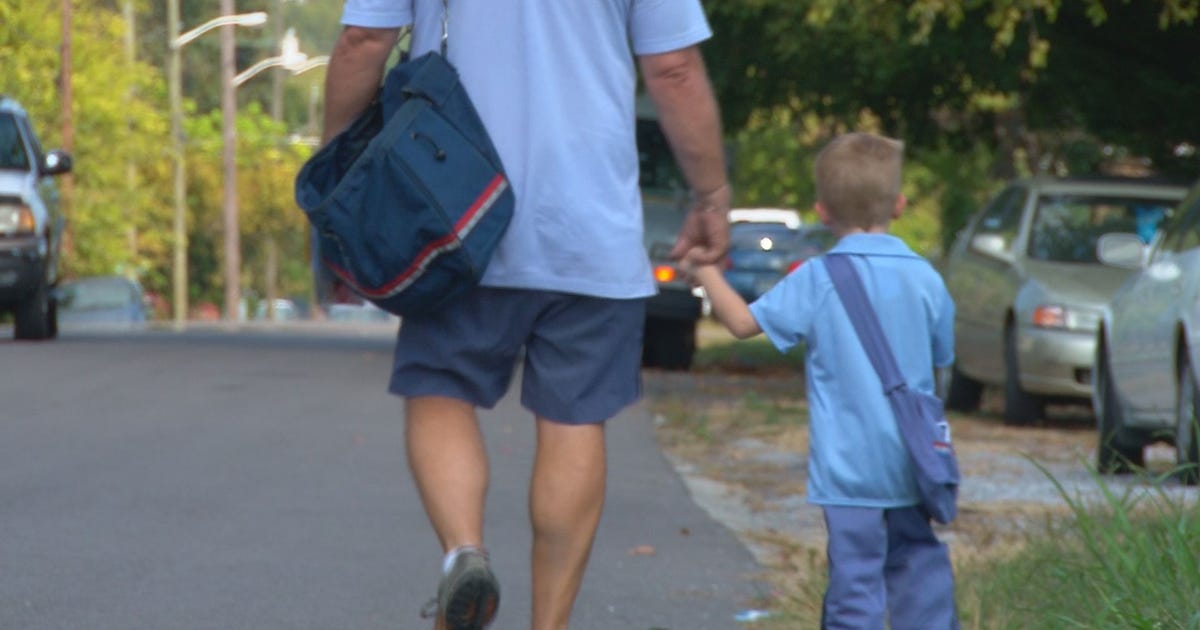 |
| Roger Palmer helping local resident Oldemar with GPS equipment. |
So, that is something that Amy Work does. She has a Master's Degree in Geography from Syracuse University, with a concentration in GIS and remote sensing. She has worked for the INSTITUTE FOR THE APPLICATION OF GEOSPATIAL TECHNOLOGY, INC (IAGT), in Auburn, NY, working with teachers and college faculty to integrate geospatial technologies into students' learning environments. That laid the groundwork for what was to follow.
Amy then became the first Director of a Geoporter project, GEOPORTER being an organization that links educators with expertise in geospatial technology with communities needing that technology to solve local problems. That's where the whale monitoring comes in.
Bahia Ballena, Costa Rica, is the site of Marino Ballena National Park. The park is a place where whales migrate every year from both the northern and southern hemispheres. As a result, the park is a destination for ecotourists interested in watching whales. For four months out of every year, the park's waters provide breeding grounds for a variety of whales.
Amy's Geoporter project was responsible for teaching Bahia Ballena residents to utilize the technology to document whale numbers, while also monitoring the impact of trash in these waters. Once they had their data, residents could then determine where to place trash and recycling receptacles to remove the trash from the environment more effectively. Amy explains, "Humpback whales from northern and southern migrations in the Pacific Ocean travel every winter to the breeding grounds near the equator. These humpback whales now have a breeding environment off the coast of Costa Rica that is less polluted than it was a year ago."
In addition, geospatial technology is also being shared within the school system to help change the habits of local residents into behaviors that support protecting this special marine habitat. More than a year ago, the community school earned a BLUE FLAG as part of the Bandera Azul program, which seeks to balance conservation efforts, development, and protection of natural resources.
 |
| A small group learning to record whale sightings with cell phones. |
 |
| A whale is spotted in the waters of Marino Ballena. |
Click here: INTERNET MARKETING HOW TO VIDEOS














































